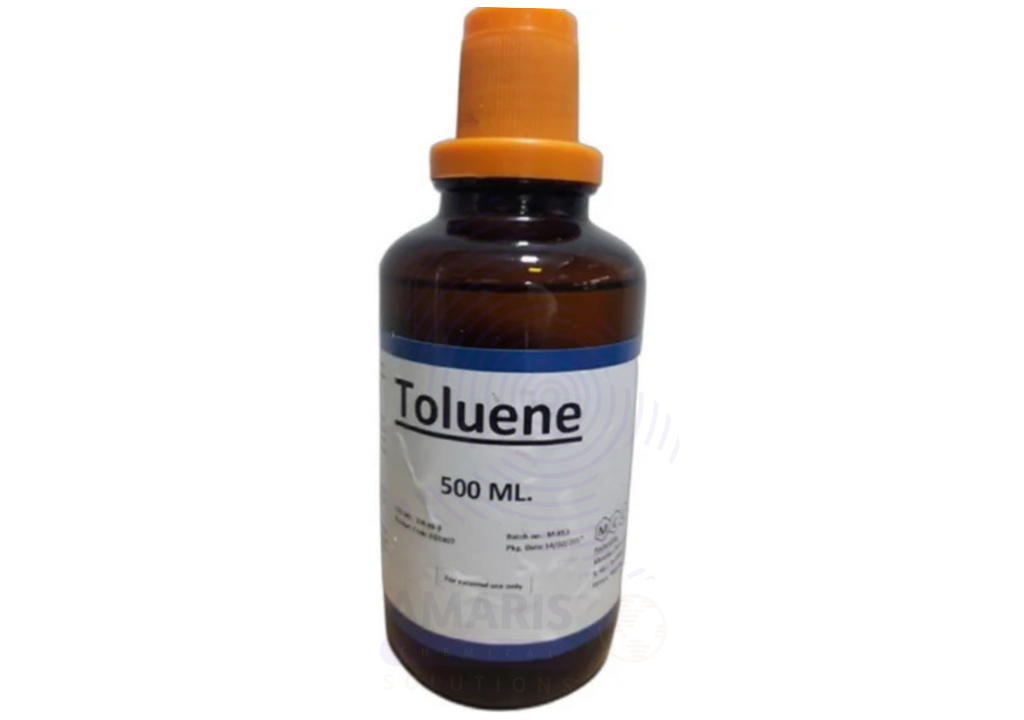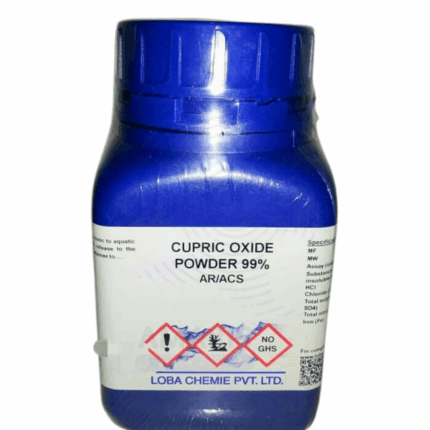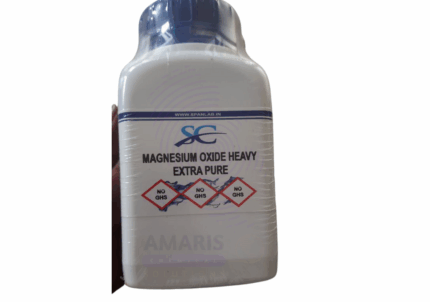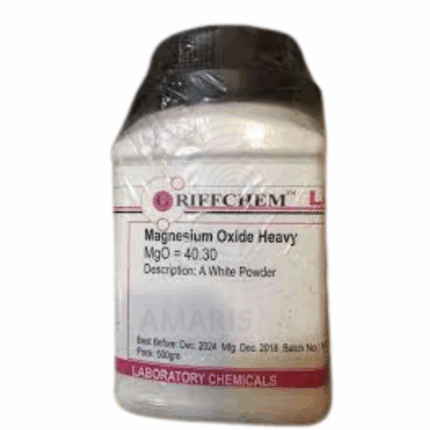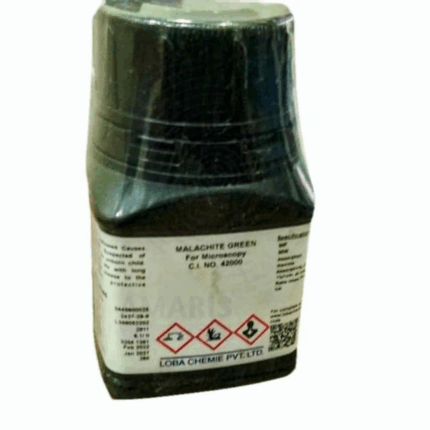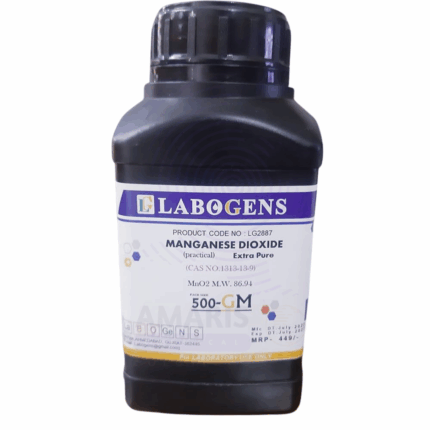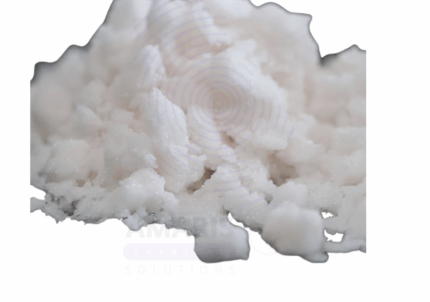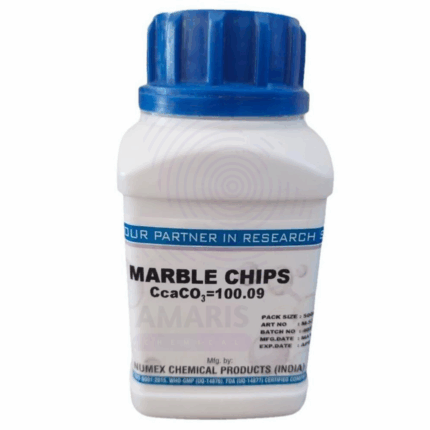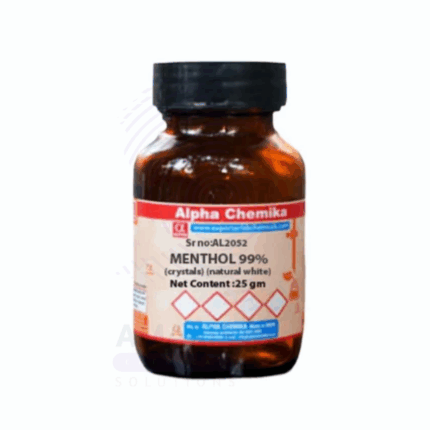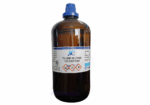
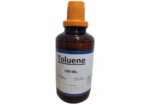
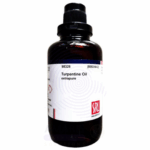

Toluene Extra Pure
$ 31.45 Original price was: $ 31.45.$ 31.34Current price is: $ 31.34.
Toluene Extra Pure is a volatile, aromatic hydrocarbon widely used in analytical, organic, and industrial laboratory settings. As a high-purity, non-polar solvent, it is essential for reactions involving aromatic compounds, sample preparation, extraction, and cleaning. Toluene’s volatility and solvency make it indispensable in high-precision environments, though its flammability and health hazards require careful handling and strict safety compliance. Its Extra Pure grade ensures minimal impurities for research and sensitive formulation work.
Toluene Extra Pure
PRIMARY USES
- Analytical Reagent & Laboratory Applications
- Used as a non-polar solvent in organic synthesis, sample preparation, and extraction
- Common in gas chromatography (GC) and HPLC sample preparation
- Serves as a reference standard in spectroscopic analysis
- Utilized in cleaning and degreasing laboratory glassware and instruments
- Chemical Synthesis
- Acts as a reaction medium for aromatic substitution reactions
- Widely used in nitration, halogenation, and sulfonation processes
- Important in the preparation of benzene derivatives and fine chemicals
SECONDARY USES
- Paints, Coatings, and Adhesives (lab scale)
- Functions as a solvent and thinner in laboratory formulations of paints, lacquers, and coatings
- Used in resin solubilization and ink development for analytical purposes
- Pharmaceutical Research and Development
- Employed as a solvent in intermediate synthesis
- Occasionally used for extraction of specific organic compounds in drug development
- Fragrance and Aroma Chemistry
- Acts as a carrier solvent in fragrance and essential oil research
- Helps in volatility testing and formulation of aroma profiles
1. Basic Identification Attributes
- Chemical Name: Toluene
- CAS Number: 108-88-3
- HS Code: 2902.30.00
- Molecular Formula: C₇H₈
- Synonyms: Methylbenzene, Toluol, Phenylmethane
2. Physical & Chemical Properties
- Physical State: Liquid
- Color & Odor: Clear, colorless with sweet, aromatic odor
- Boiling Point: 110.6 °C
- Melting Point: −95 °C
- Density/Specific Gravity: ~0.8669 g/cm³ at 20 °C
- Solubility: Insoluble in water; miscible with alcohol, ether, benzene, and most organic solvents
- Vapor Pressure: ~22 mmHg at 20 °C
- Flash Point: ~4.4 °C (closed cup)
- Autoignition Temperature: 480 °C
- Viscosity: Low
- Refractive Index: 1.496 at 20 °C
3. Safety & Hazard Attributes
- Hazard Class (GHS Classification):
– Flammable liquid (Category 2)
– Skin and eye irritant
– Suspected of damaging fertility or the unborn child (Category 2)
– Causes organ damage with prolonged exposure (Category 2) - NFPA Ratings:
– Health: 2
– Flammability: 3
– Reactivity: 0 - Exposure Limits:
– OSHA PEL: 200 ppm
– ACGIH TLV: 20 ppm - Reactivity:
– Stable under normal conditions
– Reacts with strong oxidizing agents
4. Storage & Handling Attributes
- Storage Conditions:
– Store in a tightly closed container in a cool, well-ventilated area
– Keep away from heat, sparks, and open flames - Incompatible Materials:
– Strong oxidizers, nitric acid, sulfuric acid - Container Type:
– Use approved flammable liquid containers (metal or HDPE) - Shelf Life & Expiration Date:
– Stable for 2–3 years under proper storage - Special Handling Requirements:
– Use under a fume hood
– Ground all equipment during transfer to prevent static discharge
5. Regulatory & Compliance Attributes
- Regulatory Status:
– Listed under OSHA, REACH, EPA, and TSCA
– Controlled as a hazardous air pollutant - Transportation Restrictions:
– UN Number: UN1294
– Shipping Name: Toluene
– Hazard Class: 3 (Flammable Liquid)
– Packing Group: II - Waste Disposal Method:
– Dispose as hazardous waste in accordance with local regulations
6. Environmental & Health Impact
- Ecotoxicity:
– Harmful to aquatic life with long-lasting effects - Persistence in Environment:
– Volatile and moderately persistent in air and soil - Carcinogenicity/Mutagenicity:
– Not classified as carcinogenic by IARC (Group 3) - Biodegradability:
– Biodegradable under aerobic conditions
SAFETY PRECAUTIONS
Personal Protective Equipment (PPE):
- Wear chemical-resistant gloves (e.g., nitrile)
- Use splash-proof safety goggles
- Wear a lab coat or flame-resistant clothing
- Use a respirator with organic vapor cartridges if ventilation is inadequate
Handling:
- Handle in a chemical fume hood
- Avoid skin and eye contact
- Do not inhale vapors
- Wash hands thoroughly after use
Storage:
- Store in a flammable liquids cabinet
- Keep container tightly sealed
- Protect from ignition sources and static discharge
FIRST AID MEASURES
Inhalation:
- Move to fresh air immediately
- Seek medical attention if symptoms such as dizziness or drowsiness occur
Skin Contact:
- Wash thoroughly with soap and water
- Remove contaminated clothing
- Get medical help if irritation develops
Eye Contact:
- Rinse with water for at least 15 minutes
- Seek medical attention promptly
Ingestion:
- Rinse mouth
- Do not induce vomiting
- Seek immediate medical assistance
FIRE FIGHTING MEASURES
Flammability:
- Highly flammable liquid and vapor
Extinguishing Media:
- Use dry chemical, foam, CO₂
- Do not use water jet directly on liquid
Hazardous Combustion Products:
- Carbon monoxide, carbon dioxide, irritating fumes
Firefighter Protection:
- Wear full protective gear and self-contained breathing apparatus (SCBA)


 Preservatives(food)
Preservatives(food) Flavor Enhancers
Flavor Enhancers Acidulants
Acidulants Sweeteners
Sweeteners Antioxidants
Antioxidants Colorants(food)
Colorants(food) Nutraceutical Ingredients (food)
Nutraceutical Ingredients (food) Nutrient Supplements
Nutrient Supplements Emulsifiers
Emulsifiers
 Collectors
Collectors Dust Suppressants
Dust Suppressants Explosives and Blasting Agents
Explosives and Blasting Agents Flocculants and Coagulants
Flocculants and Coagulants Frothers
Frothers Leaching Agents
Leaching Agents pH Modifiers
pH Modifiers Precious Metal Extraction Agents
Precious Metal Extraction Agents
 Antioxidants(plastic)
Antioxidants(plastic) Colorants (Pigments, Dyes)
Colorants (Pigments, Dyes) Fillers and Reinforcements
Fillers and Reinforcements Flame Retardants
Flame Retardants Monomers
Monomers Plasticizers
Plasticizers Polymerization Initiators
Polymerization Initiators Stabilizers (UV, Heat)
Stabilizers (UV, Heat)
 Antifoaming Agents
Antifoaming Agents Chelating Agents
Chelating Agents Coagulants and Flocculants
Coagulants and Flocculants Corrosion Inhibitors
Corrosion Inhibitors Disinfectants and Biocides
Disinfectants and Biocides Oxidizing Agents
Oxidizing Agents pH Adjusters
pH Adjusters Scale Inhibitors( water)
Scale Inhibitors( water)
 Antioxidants(cosmetic)
Antioxidants(cosmetic) Emollients
Emollients Fragrances and Essential Oils
Fragrances and Essential Oils Humectants
Humectants Preservatives
Preservatives Surfactants(cosmetic)
Surfactants(cosmetic) Thickeners
Thickeners UV Filters
UV Filters
 Fertilizers
Fertilizers Soil Conditioners
Soil Conditioners Plant Growth Regulators
Plant Growth Regulators Animal Feed Additives
Animal Feed Additives Biostimulants
Biostimulants Pesticides (Herbicides, Insecticides, Fungicides)
Pesticides (Herbicides, Insecticides, Fungicides)
 Active Pharmaceutical Ingredients (APIs)
Active Pharmaceutical Ingredients (APIs) Excipients
Excipients Solvents(pharmaceutical)
Solvents(pharmaceutical) Antibiotics
Antibiotics Antiseptics and Disinfectants
Antiseptics and Disinfectants Vaccine Adjuvants
Vaccine Adjuvants Nutraceutical Ingredients (pharmaceutical)
Nutraceutical Ingredients (pharmaceutical) Analgesics & Antipyretics
Analgesics & Antipyretics
 Analytical Reagents
Analytical Reagents Solvents(lab)
Solvents(lab) Chromatography Chemicals
Chromatography Chemicals Spectroscopy Reagents
Spectroscopy Reagents microbiology-and-cell-culture-reagents
microbiology-and-cell-culture-reagents Molecular Biology Reagents
Molecular Biology Reagents Biochemical Reagents
Biochemical Reagents Inorganic and Organic Standards
Inorganic and Organic Standards Laboratory Safety Chemicals
Laboratory Safety Chemicals Specialty Laboratory Chemicals(Special Laboratory Equipment)
Specialty Laboratory Chemicals(Special Laboratory Equipment)
 Demulsifiers
Demulsifiers Hydraulic Fracturing Fluids
Hydraulic Fracturing Fluids Scale Inhibitors(oil)
Scale Inhibitors(oil) Surfactants(oil)
Surfactants(oil) Drilling Fluids
Drilling Fluids
 Dyes and Pigments
Dyes and Pigments Bleaching Agents
Bleaching Agents Softening Agents
Softening Agents Finishing Agents
Finishing Agents Antistatic Agents
Antistatic Agents
 Admixtures
Admixtures Waterproofing Agents
Waterproofing Agents Sealants and Adhesives
Sealants and Adhesives Curing Compounds
Curing Compounds Concrete Repair Chemicals
Concrete Repair Chemicals Anti-Corrosion Coatings
Anti-Corrosion Coatings
 Surfactants(cleaning)
Surfactants(cleaning) Builders
Builders Enzymes
Enzymes Solvents (Cleaning)
Solvents (Cleaning) Fragrances
Fragrances
 Electronic Chemicals
Electronic Chemicals Catalysts
Catalysts Lubricants
Lubricants Photographic Chemicals
Photographic Chemicals Refrigerants
Refrigerants Automotive chemicals
Automotive chemicals Pyrotechnic Chemicals
Pyrotechnic Chemicals
 Biodegradable Surfactants
Biodegradable Surfactants Bio-based Solvents
Bio-based Solvents Renewable Polymers
Renewable Polymers Carbon Capture Chemicals
Carbon Capture Chemicals Wastewater Treatment Chemicals
Wastewater Treatment Chemicals
 Pigments
Pigments Solvents(paint)
Solvents(paint) Specialty Coatings
Specialty Coatings Binders/Resins
Binders/Resins Additives
Additives Driers
Driers Anti-Corrosion Agents
Anti-Corrosion Agents Functional Coatings
Functional Coatings Application-Specific Coatings
Application-Specific Coatings
 Fresh Herbs
Fresh Herbs Ground Spices
Ground Spices Whole Spices
Whole Spices Spice Blends
Spice Blends Dried Herbs
Dried Herbs
 Leavening Agents
Leavening Agents Dough Conditioners
Dough Conditioners Flour Treatments
Flour Treatments Fat Replacers
Fat Replacers Decoratives
Decoratives Preservatives(baking)
Preservatives(baking)
 Plasticizers & Softeners
Plasticizers & Softeners Reinforcing Agents
Reinforcing Agents Adhesion Promoters
Adhesion Promoters Vulcanizing Agents
Vulcanizing Agents Antidegradants
Antidegradants Blowing Agents
Blowing Agents Fillers & Extenders
Fillers & Extenders Accelerators & Retarders
Accelerators & Retarders
